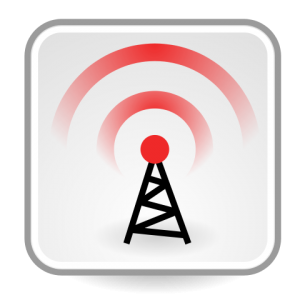Network literacy means linking to what other people have written and inviting comments from others, it means understanding a kind of writing that is a social, collaborative process rather than the act of an individual in solitary. It means learning how to write with awareness that anyone may read it: your mother, a future employer or the person whose work you’re writing about. Yes, it’s difficult.
Week 3’s reading focused on an extract from Adrian Miles’ Screen Education Guide, revolving around networked literacy. It opens with the anecdote of a student in the library. The student’s process to uncover their intended information requires numerous steps. The first immediate thought that struck me was the comparative simplicity of the way in which the current student generation, myself inclusive, typically research. Although not extinct, libraries are fast become a forgotten resource. It is now a simple process – Google it. The Internet, through the unlimited contributing authors, in 99% of cases will know the answer to your query. The same information lies within libraries and online, so why make the activity unnecessarily more time-consuming? This brings another thought. In university and college lectures we see a division of students, most who have updated to using computers, conforming to Mac’s, while a select few still decide to handwrite notes. In fact, in my first day of class, I was one of two or three people without an Apple laptop in my tutorial. Was I doing something wrong? I guess it’s up to the individual on what learning methods suits them best. However, I can see only advantages of laptops as note-takers and research devises when compared to the traditional pen and paper, assuming the student has self control and can stay off Facebook or Doge 2048 for five minutes. Did you just click on one of those? If not, I applaud you and thank you for finding my writing interesting enough to postpone the merging of digital psychedelic puppies.
Okay enough about puppies. Let’s move on to my next point. Online activity has made exchanging information multiply in ease. What Adrian describes as ‘The realm of network literacy’ is the robust structure for this exchange. The new forms of media, particularly the Internet, allow for this exchange of material, which is uploaded and sent through invisible radio waves. Content can be represented though blogs, webpages, images, videos, sound, animation, or any other media which is distributed across the digital network. Unlike print literacy, where it was a strict two-way relationship between the reader/consumer, and the book/information, networked media allows for consumers to act as peers to one another. They can collaborate, share their work, analyse and interpret other material, as well as merge and compare the work of others. The more you put in, the more you will get out – it’s as simple as that. Because once you have contributed, depending on the platform chosen to distribute your product; you can gain readers, followers, subscribers, who then can create new opportunities and encourage communication regarding those shared interests.
Probably my favourite quote from the reading was one which fittingly sums up the previous paragraph: “to be good at networked literacies is to contribute as much as it is to consume”. To be print literate is to be able to read symbols and interpret their meaning. What is it to be network literate? It is not only knowing about the digital ways of collaboration and sharing, but doing it. Having a blog, not just reading my blog!
